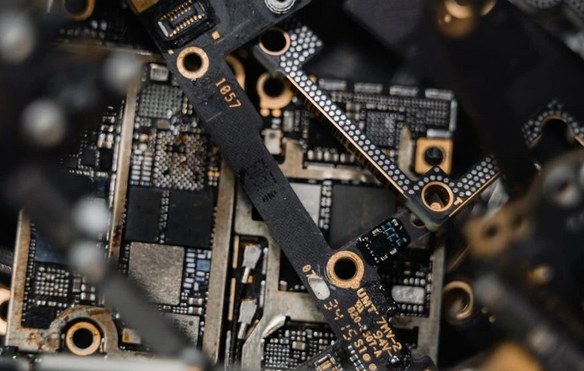In FPGA development, the design of the wiring for the UART interface, specifically the EIA/TIA-232 (commonly known as RS-232) interface, is crucial. A reasonable wiring layout not only enhances communication stability but also effectively reduces signal interference. Below are the key points for EIA/TIA-232 interface in FPGA UART development.

1. Signal Line Layout
TX/RX Pair: The transmit (TX) and receive (RX) lines of the UART should be symmetrically laid out to reduce electromagnetic interference (EMI).
Control Lines: Control lines such as RTS (Request to Send) and CTS (Clear to Send) should maintain a certain distance from the TX/RX lines to avoid signal coupling.
2. Line Width and Spacing
Line Width: The width of signal lines should be no less than 0.5mm to ensure the integrity of signal transmission.
Spacing: The spacing between adjacent signal lines should be at least 1mm to reduce crosstalk between signals.
3. Ground Design
Independent Ground: Provide an independent ground for the EIA/TIA-232 interface to ensure the stability of the signal ground.
Multiple Ground Points: Provide multiple grounding points at different locations on the circuit board to enhance anti-interference capability.
4. Impedance Matching
Termination Resistor: Add a 120Ω termination resistor at the end of the transmission line to match the line impedance and reduce signal reflection.
Impedance Continuity: Maintain the continuity of the transmission line impedance to avoid signal loss due to impedance discontinuities.
5. Shielding and Protection
Shielding Layer: Use cables with shielding layers to reduce external electromagnetic field interference on the signal.
Protection Components: Add protective components such as TVS diodes or ferrite beads at the interface to prevent damage to the circuit from electrostatic discharge or surge voltages.
6. Layout and Routing Specifications
Short Paths: Minimize the length of signal lines to reduce signal attenuation and delay.
Avoid Right Angles: Avoid using right-angle bends in routing; use 45° or arc transitions to reduce signal reflection.
Layered Layout: Layer digital signals and analog signals separately to reduce mutual interference.
This is an original article by Fan Yi Education, please indicate the source when reprinting!